Graphic
Strategy Creative 157 Raise the Standard
-
Pou Auaha / Creative Directors
Oliver Ward, Matt Innes, Fraser Callaway
-
Ngā Kaimahi / Team Members
Vincent Owen, Mark Wilson, Ryan Shields, Mike Peters, Sonia Mijatov, Chrissie Malloch, Jess Chote, Kate Van Arts -
Client
Ministry of Business, Innovation and Employment
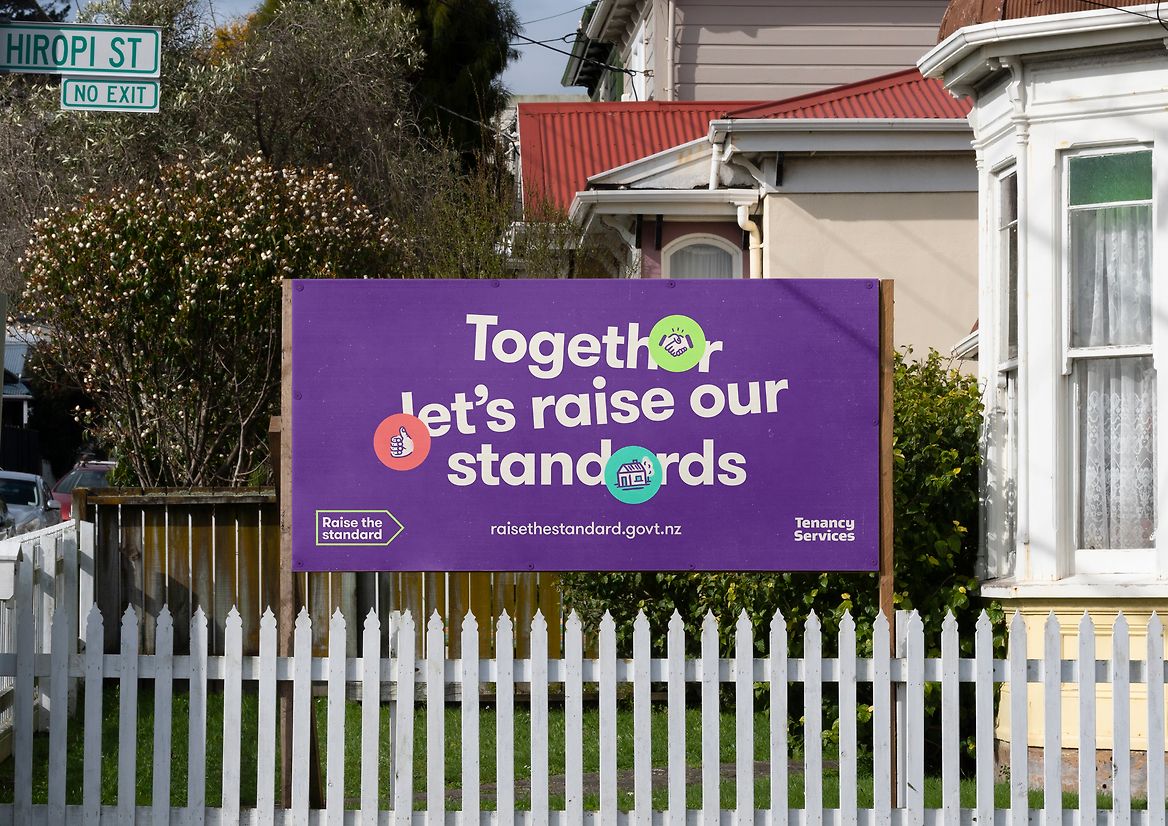
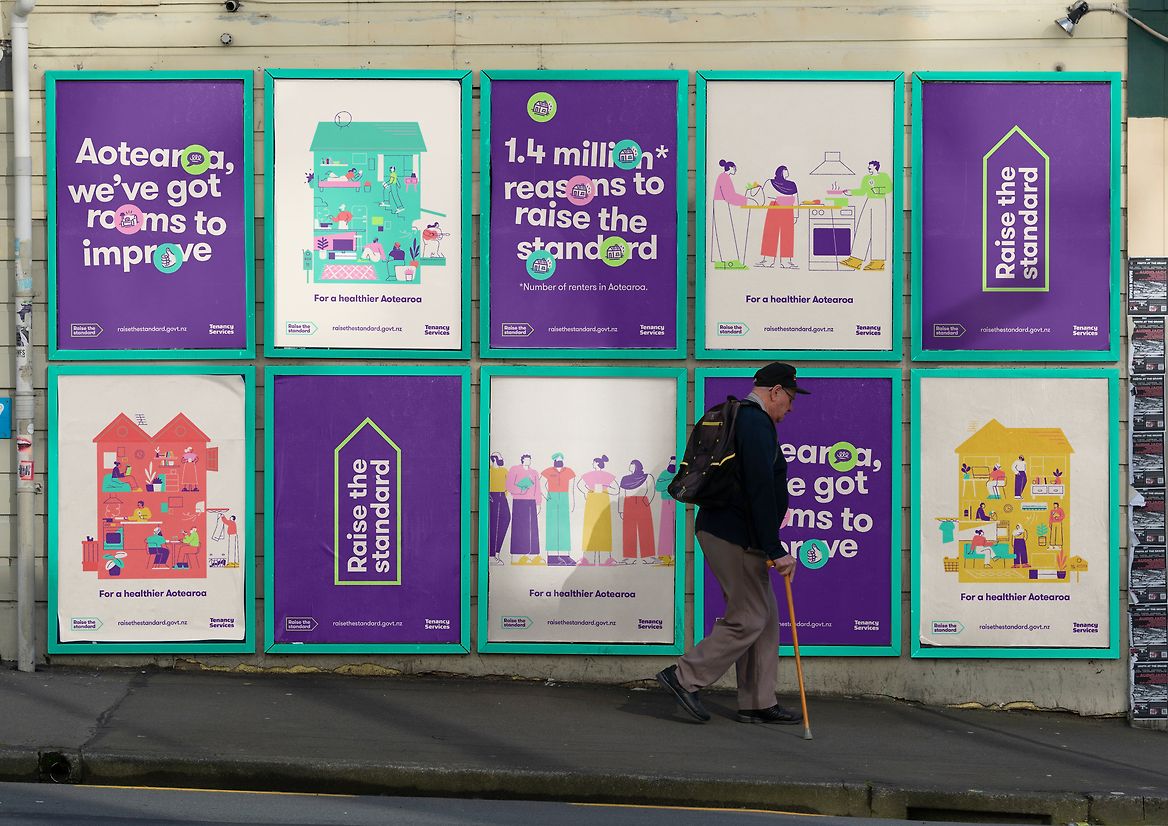
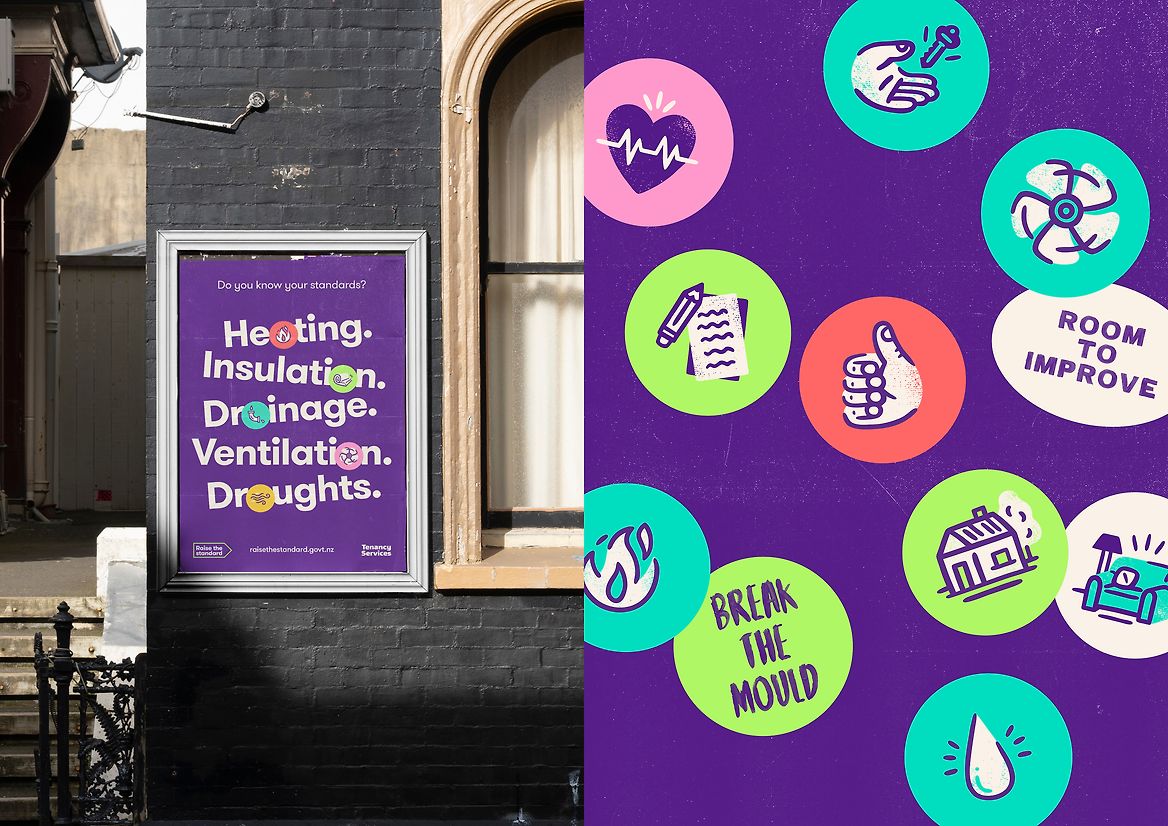
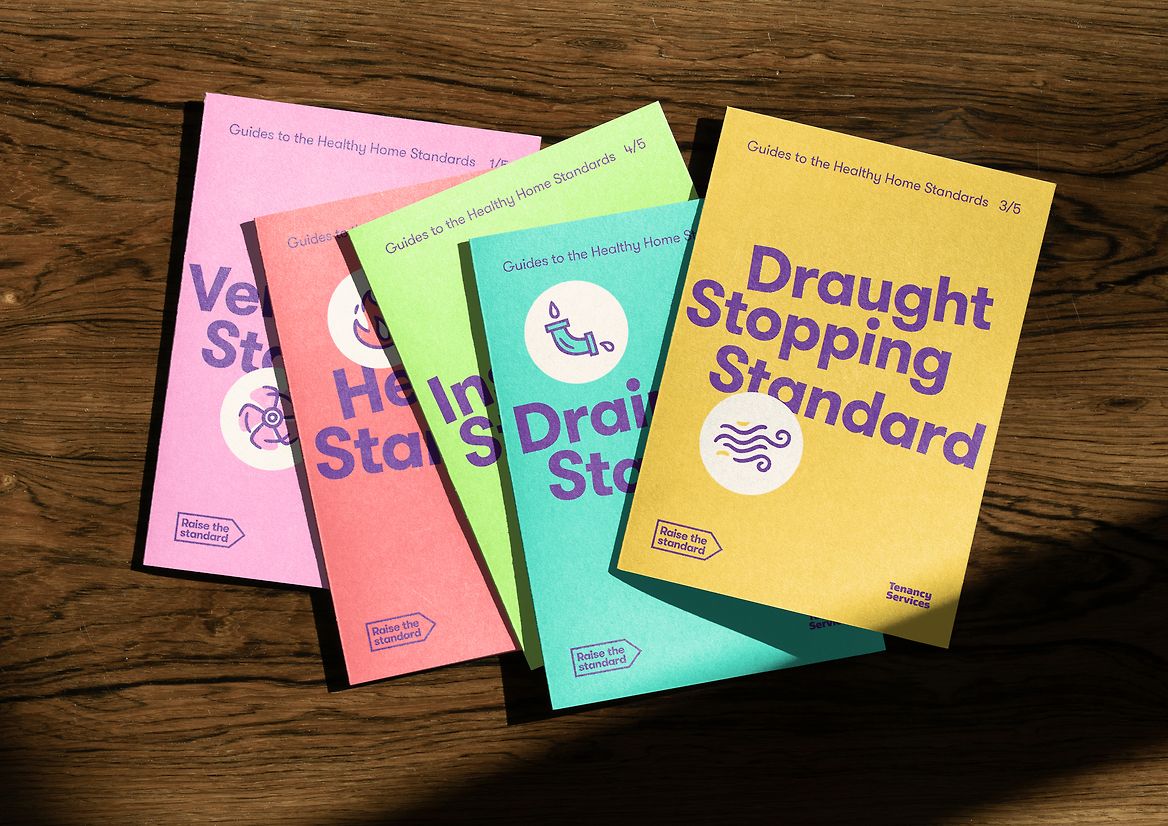
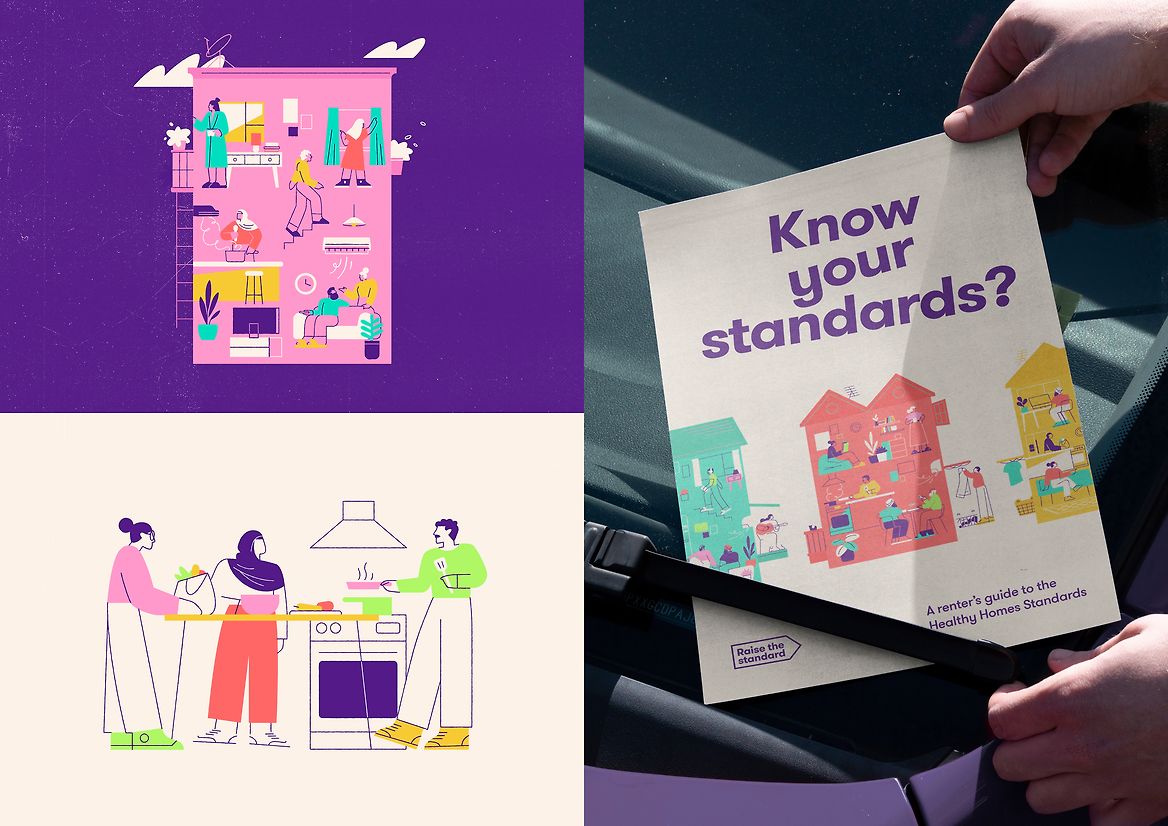
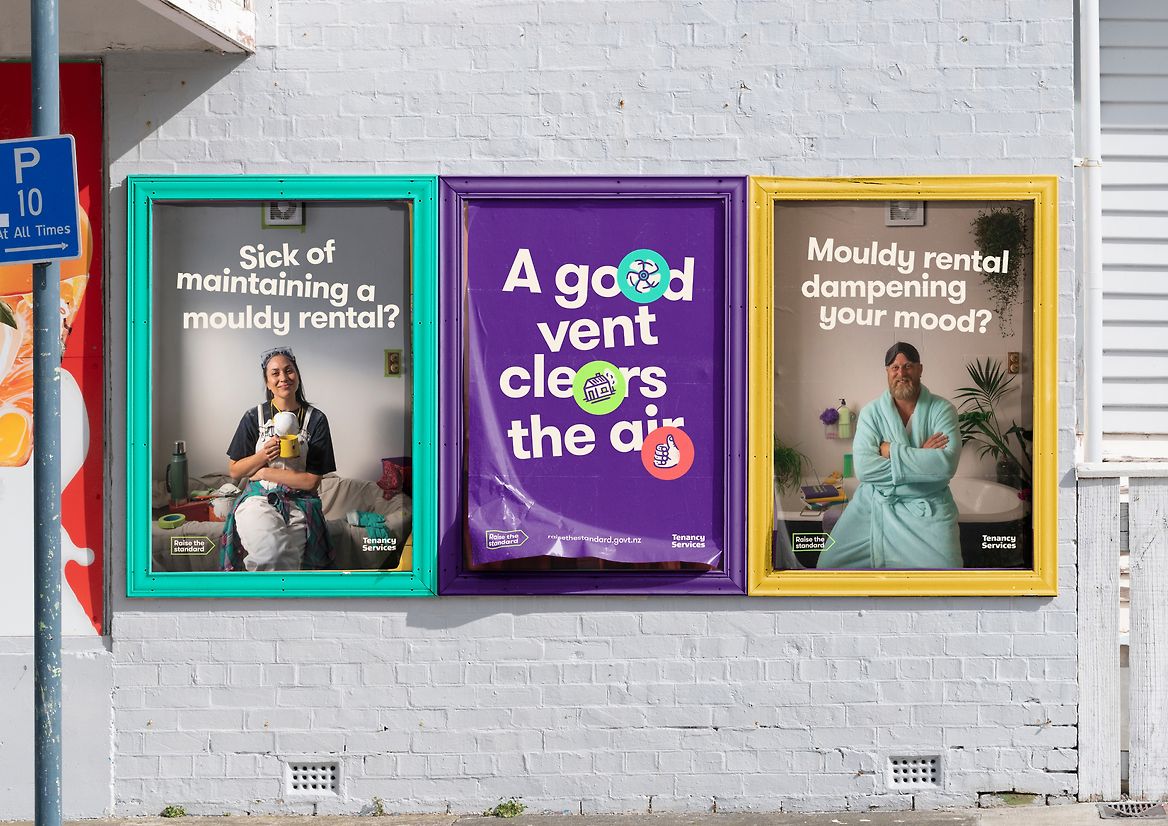

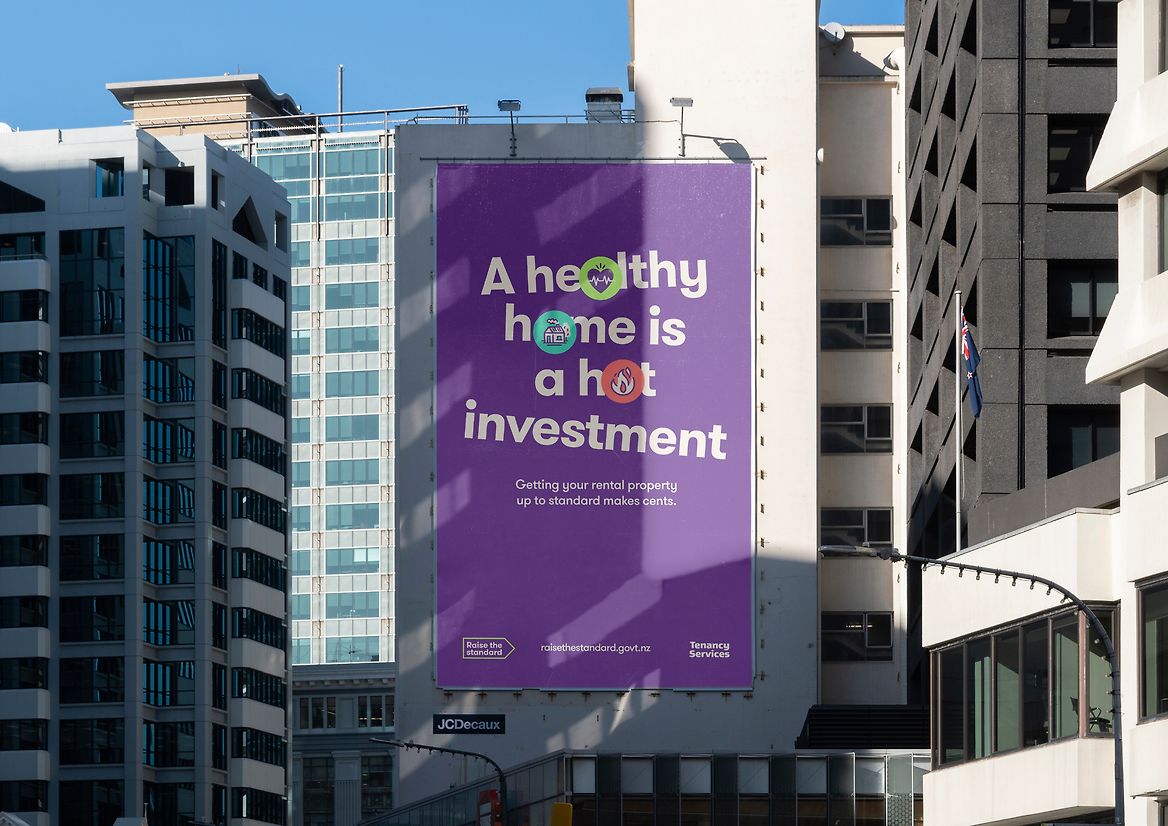
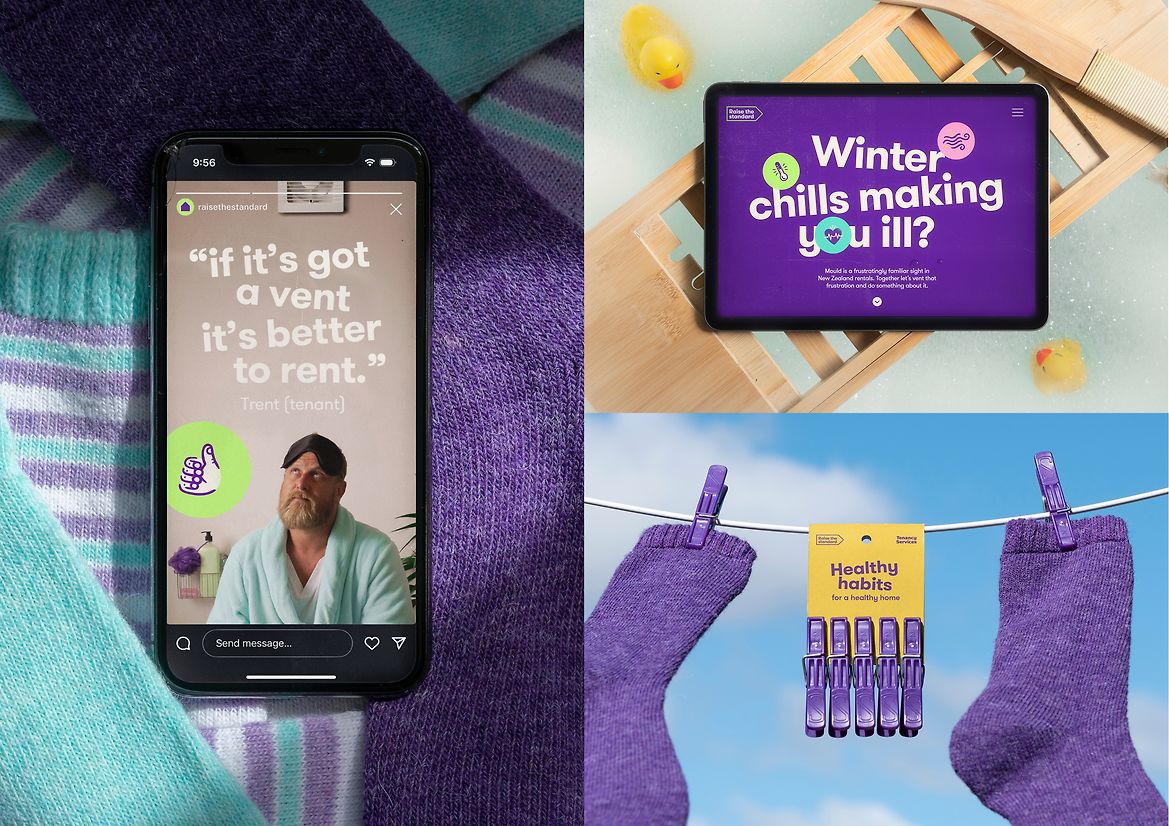
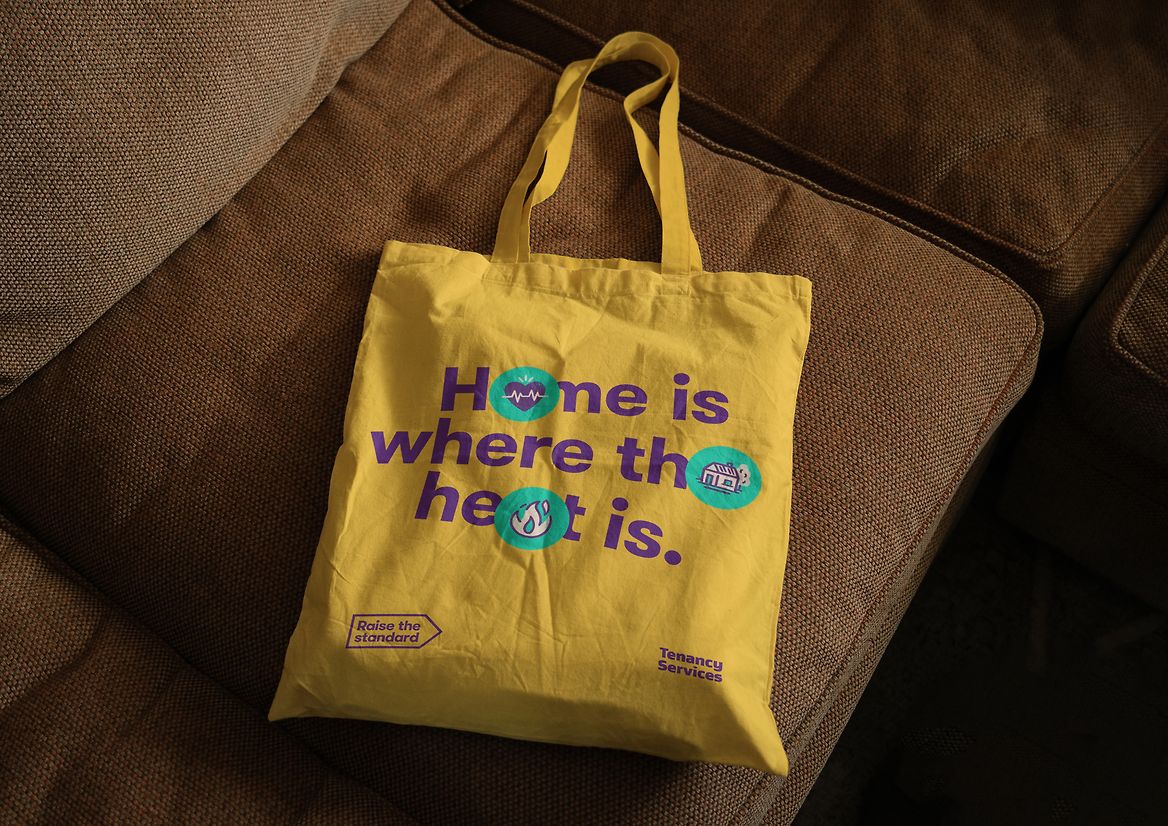
Description:
Over half a million New Zealanders live in rentals that are cold, damp and dangerous to their health. In response, the government introduced new standards to improve housing quality. But legislation alone doesn’t change behaviour. Raise the Standard is a brand designed to do what the law cannot: shift mindsets and spark action.
The challenge was complex. The issue affects two very different audiences, tenants and landlords, who often don’t properly communicate, and worse, blame each other. Landlords felt creating a healthy home was the tenant’s responsibility. Tenants felt it was the landlord’s. An important conversation simply wasn’t happening.
Raise the Standard was created to give a voice to that conversation. People don’t want to be lectured or blamed, so the brand takes a direct but disarming tone. It challenges New Zealand’s “tough-it-out” culture around housing while making healthy homes feel like a right, not a luxury.
The design language borrowed the boldness of protest and softened it with the intimacy of fridge notes. Rhyming headlines, wit and plainspoken truths gave the brand a familiar, domestic feel. Illustration paired with practical advice showed what a warm, dry home should look like, while fridge magnets turned everyday reminders into calls for action.
Importantly, one of the brand’s principles was: “It takes two to tango.” Every execution was designed to feel like it was talking to both tenants and landlords (sometimes in the same sentence). This created a shared sense of responsibility, making the brand feel balanced, inclusive and trustworthy.
Raise the Standard was a brand to start a movement for change. One that spoke to health equity, social responsibility and long-term wellbeing. It helped transform dry policy into warm, dry homes. Something that was personal, achievable and worth caring about.
In doing so, it empowered tenants, motivated landlords, and helped make healthy homes the new normal in Aotearoa